-
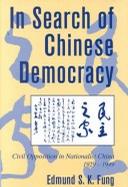
In Search of Chinese Democracy
Edmund Fung examines an important phase of development in China's long quest for democracy. The momentum for democracy, he contends, grew strongest between 1929 and 1949 through civil opposition to the one-party rule of the Guomindang. The Nationalist era contained the germs of a reformist, liberal order, the legacy of which can be seen in the pro-democracy movement of the post-Mao period. This book fills an important gap in the historical literature on Chinese intellectuals between May Fourth radicalism and the Chinese Communists' accession to power. -
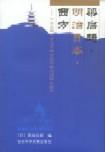
梁启超·明治日本·西方
本书为日本京都大学人文科学梁启超研究班的共同研究成果。诸文以研究梁启超在政变后流亡日本14年间接受西方及日本学术文化为出发点,从新的角度,分析了日本明治时代政治、学术、文化对梁氏产生的影响及其过程,找出这一时期梁氏思想不断变化的外在原因,并注意到梁启超取西方理论思想时,并未完全照搬日本学者的原著。 -
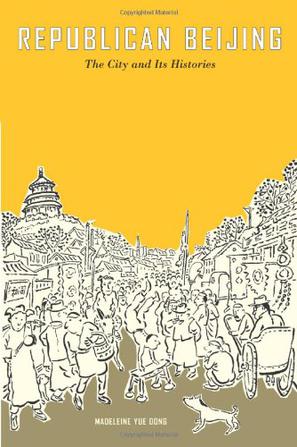
Republican Beijing
Old Beijing has become a subject of growing fascination in contemporary China since the 1980s. While physical remnants from the past are being bulldozed every day to make space for glass-walled skyscrapers and towering apartment buildings, nostalgia for the old city is booming. Madeleine Yue Dong offers the first comprehensive history of Republican Beijing, examining how the capital acquired its identity as a consummately "traditional" Chinese city. For residents of Beijing, the heart of the city lay in the labor-intensive activities of "recycling," a primary mode of material and cultural production and circulation that came to characterize Republican Beijing. An omnipresent process of recycling and re-use unified Beijing's fragmented and stratified markets into one circulation system. These material practices evoked an air of nostalgia that permeated daily life. Paradoxically, the "old Beijing" toward which this nostalgia was directed was not the imperial capital of the past, but the living Republican city. Such nostalgia toward the present, the author argues, was not an empty sentiment, but an essential characteristic of Chinese modernity. -
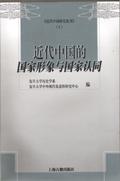
近代中国的国家形象与国家认同
目录: 近代中国的民族主义 民初张东荪国家建设构想的形成 清末近代中国的形成与日本 (待续) -

旧中国大博览(上、下卷)
-
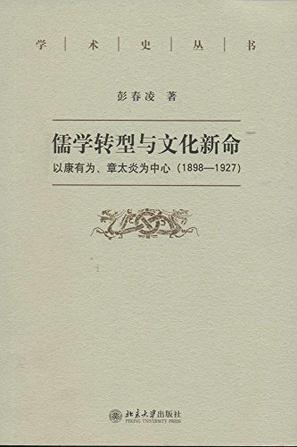
儒学转型与文化新命
重回清末民初政治激变下众声喧哗的思想现场 聚焦新文化运动反孔批儒背后复杂的历史成因 走进儒学转型过程中知识精英曲折的内心世界 新文化运动中的反孔批儒思潮是近百年学术界最为聚讼纷纭的问题之一。本书从戊戌以降儒教自身新生转进的历史视角观察新文化反孔批儒思潮的兴起与展开,基于 全新的材料及问题意识,重建了儒教传统的转型与新文化形成之间的历史关联。康有为、章太炎分别是近代孔教运动的领导者和批儒思潮的发动 人。他们彼此间、他们与新文化人的思想对话揭示出反孔批儒的多层次历史动力。明治日本将儒学忠孝伦理纳入"国体论",并从台湾开始侵占中国;受此触动,近代儒教形成了批判性的自我认知,新文化批儒有持续的跨文化背景。面临基督教的挑战,儒教正信与异端之争急剧裂变,内部的废淫、排异使新文化的反孔教拥有了来自传统的知识支撑。孔教曾经是帝制社会国家意识形态,它试图迎接近代国民思潮进行制度建设,但却在民初政治纷争中被新文化人视作奴隶的道德,而没有跨越其现代转型的最大屏障。随着1920年代知识话语的代际转换,戊戌前后为人津津乐道的康有为孔教思想逐渐隐没。